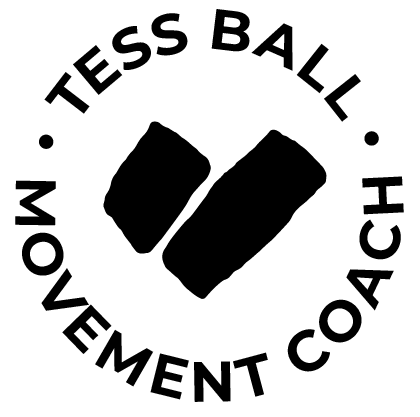Pull-Ups: A Simple Assessment To Determine Grip
You've decided to do a pull-up. You've committed. You get on the bar. Then suddenly realize there are several ways to approach it. Thumbs over the bar or under? Palms in or out? Use a straight bar or neutral grips? Whether you're the pursuing the ultimate pull or coaching folks who are, this is a great, 30-second assessment to determine the best grip to achieve maximum engagement out of the posterior chain with the most tension possible from the hands.
I've coached plenty of clients, unable to do a strict pull-up. They've had the strength, but just couldn't get their first chest-to-bar pull. For many people, it's a simple as using the most efficient grip and BOOM! There it is.
Lats, lower traps, rhomboids and external rotators are a big deal if you're going for a strict chest-to-bar pull-up. Relying on biceps alone yields a sad "bro pull-up" where you're locking eyes with the bar and just can't get any higher. Back that thing up! Literally. Use your back to PUSH your way up to the bar.
The goal is to access as much of your posterior power as possible. It's extra awesome if you can find maximal grip strength too–hello full body tension! I prioritize the back over the hands because of the size of the musculature, but it's no doubt a balancing act.
The Assessment
Step 1:
Find maximum thoracic extension, downward rotation of the scapula and external rotation of one arm.
Step 2:
Grip your right biceps with your opposite hand.
Step 3:
Pronate your forearm. Stop before you feel any movement/rotation in the shoulder or upper arm, and don't let the wrist bend.
Repeat on the other side.
What does it all mean?
Thumbs up
If the thumb side of the hand is higher than the pinky, use a thumbs over the bar grip doing traditional pull-ups. You may also consider using neutral grips or a chin-up grip to build strength and get into the rhythm of the movement if you're just starting out.
Straight Across
This is when you get to play. Try hanging from the bar with your thumbs on top of the bar, and then try it with your thumbs wrapped, pressing onto you index fingernail. Are you able to pack your shoulders and feel your posterior chain work while wrapping the thumbs? If so, go for it!
Thumbs down
Wrap away! Thumbs under the bar is a great way to create a little bonus tension! Just don't forget to grip hard with your pinky fingers too, to cue the back into working for you.
What if the sides are different?
Welcome to being human! We're all a little asymmetrical. When in doubt, use the side with less pronation as your guide.
This is a great way to set a grip baseline. We all, of course, respond to movement differently so play with it. Try every grip imaginable...and then make up something new. But first, try this and let me know how it goes. If you'd like 1-on-1 help determining your most efficient pull-up grip or landing a solid pull-up, contact me or check out 1-on-1 training.







